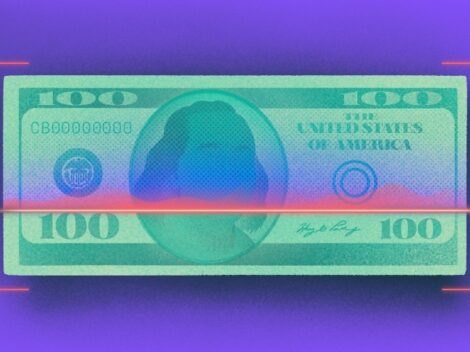Morning Markets: We’ve tracked the changing face of trading fees amongst online brokers in the Robinhood era for some time now. Here’s a new twist.
When Robinhood quickly grew on the back of its zero-fee trading system, it was a direct threat to incumbents. Companies like TD Ameritrade and Schwab made money by charging clients for equity trades, forming a regular revenue stream at the publicly-traded companies. Could those fees go to zero?
Subscribe to the Crunchbase Daily
Yes, as it turned out. Robinhood’s radical pricing forced its larger, public rivals to follow suit. The impact for the online brokers was falling share prices. In effect, Robinhood’s model forced its rivals to slash fees, cutting revenue in the process, leading investors to push their market value down.
We love tracking how new, young companies change the face of larger, public companies (more here, and here). It’s the good end of capitalism in action.
But, since that first shakeup in pricing, things have changed yet again. As noted, big brokers that Robinhood forced into changing their fee structure were initially repriced. Since then, however, things have rebounded:
Shares of Charles Schwab Corp. closed at $40.98 on Friday, just 2% below their closing price on Sept. 30. That was the day before the San Francisco-based online brokerage said it was slashing commissions on online stock trades to zero, an announcement that rattled the e-broker industry and triggered a nearly 10% one-day drop in Schwab stock.
The same Wall Street Journal piece notes that other firms like TD Ameritrade and E*Trade have also regained ground, if not as much as Schwab.
The recovery feels a bit like a reversion to the mean, as trading fees were a minority revenue stream at the companies we’re discussing. But there’s a final wrinkle in the mix worth our consideration. Namely, ad spend.
CAC
Speaking loosely, not being able to tack on a $5 or $10 fee to equity trades amongst clients probably costs trading platforms (all of them) some near-term revenue. Fair enough?
Consider my surprise then when I began to note Schwab and others (Fidelity at a minimum) running expensive television advertisements touting their zero-cost trading and other low-cost services (Fidelity is proud of its zero-fee funds, for example). More simply, the incumbent players in the market are spending their ad budgets showing off new pricing schemes that Robinhood forced them into.
This makes some sense. But I’ve also seen more Robinhood ads as well. In short, we’re seeing folks try to beat one another on low pricing as a way to drive customer acquisition and, I presume, retention.
This is great for me, Alex, the consumer. For Robinhood which has smaller coffers than its incumbent rivals, seeing them use the startup’s prior selling point in their own advertising is fascinating.
If this advertising moment winds up boosting customer acquisition costs amongst Robinhood and its rivals, while likely depressing short-term top line from those customers (see the opening line of this section), the economics of trading could become less attractive. This might hurt Robinhood more than its rivals, as it has a less-developed suite of services (though, as we’ve reported, the company is working on the matter.)
Summing, what we’ve seen is a startup (Robinhood) push its rivals (incumbent trading platforms) into matching its competitive advantage (zero-cost trades). Then, its rivals (publicly-traded, profitable companies) started using Robinhood’s old selling point (low-cost financial services) as a way to attract more customers to their own wares, but with likely larger budgets.
Robinhood’s next few moves will, therefore, prove fascinating. Does the richly-valued unicorn have another trick up its sleeve? I wouldn’t bet against it.
Illustration: Dom Guzman.

Stay up to date with recent funding rounds, acquisitions, and more with the Crunchbase Daily.


![Illustration of stopwatch - AI [Dom Guzman]](https://news.crunchbase.com/wp-content/uploads/Halftime-AI-1-470x352.jpg)






67.1K Followers